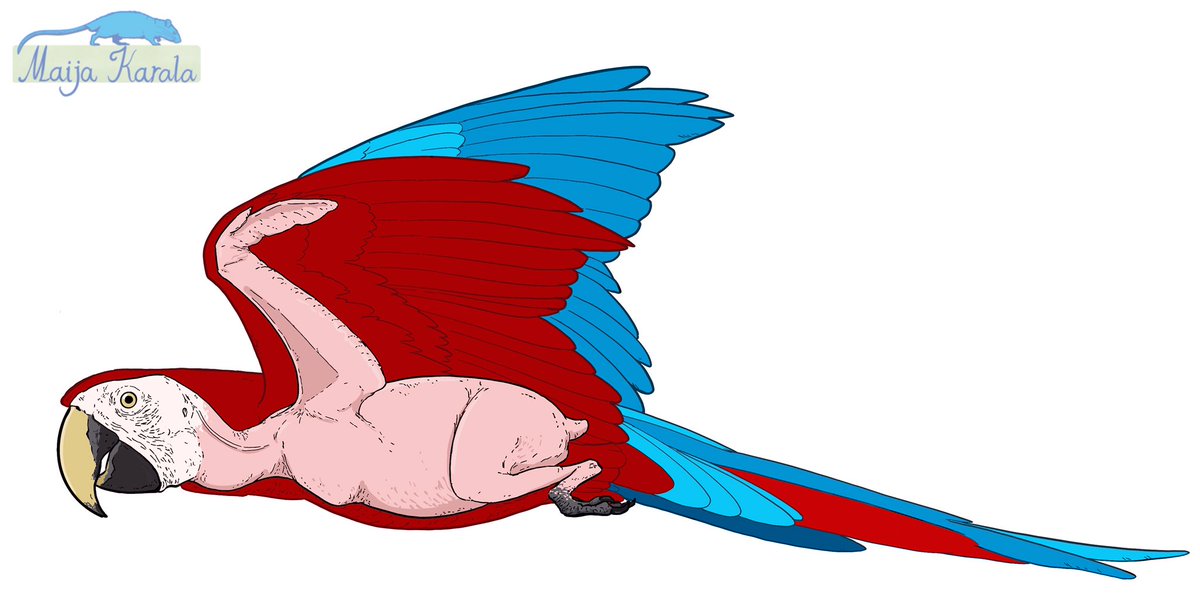Ammonites, inspired by a great #PaleoStreamCon talk by @TheVidax . Often reconstructed just as carbon copies of the living nautilus, these dinosaur-era molluscs were an extremely diverse bunch.
Thoughtful.
A grandmother Homo habilis pausees to watch a bee-eater. Maybe she wonders what it would taste like, or perhaps it’s something philosophical. Based on the amazing 3D model by @VilleSinkkonen, used with permission.
Xanthism - a "golden" colour mutation - in the giant Jurassic fish Leedsichthys. I revived my long-dormant blog to write about colour aberrations in wild animals, especially ancient ones.
https://t.co/MinAk7fUia
According to The Inner Bird by Gary W. Kaiser, the true bird is ”a strange goblin-like creature”, ”a puppeteer behind a screen of feathers.” Can’t really disagree here.
Taste of the open sea.
A little illustration I did for a short story by speculative fiction writer Tenka Issakainen, published in the latest issue of @kosmoskyna. The story is a fascinating dive into the sensory and cognitive weirdness of an octopus.
Cotylorhynchus was one of the very first large terrestrial herbivores ever and honestly kind of looks like a first attempt. It was an Early Permian synapsid, a mammal relative rather than an actual reptile.
Wip for a book illustration.
Something nicer for a change: Moeritherium and Phiomia, two very early elephant relatives. @VilleSinkkonen had a proboscidean phase and insisted I draw some too. I just got myself together for long enough to finish them.
A new interpretation of Elasmotherium, the ’Siberian unicorn’, according to a recent paper by Titov et al. Regardless of the shape of its nose, this must have been a weird beast indeed.
We’re having our traditional Lord of the Rings movie marathon. Soo, have some Middle Earth inspired doodles, bad to mediocre.
The rhinos that are and the rhinos that were just here. A compilation of rhino species living about 40,000 years ago. I’m still not happy with the Elasmotherium, but can’t keep sitting on it for years.














